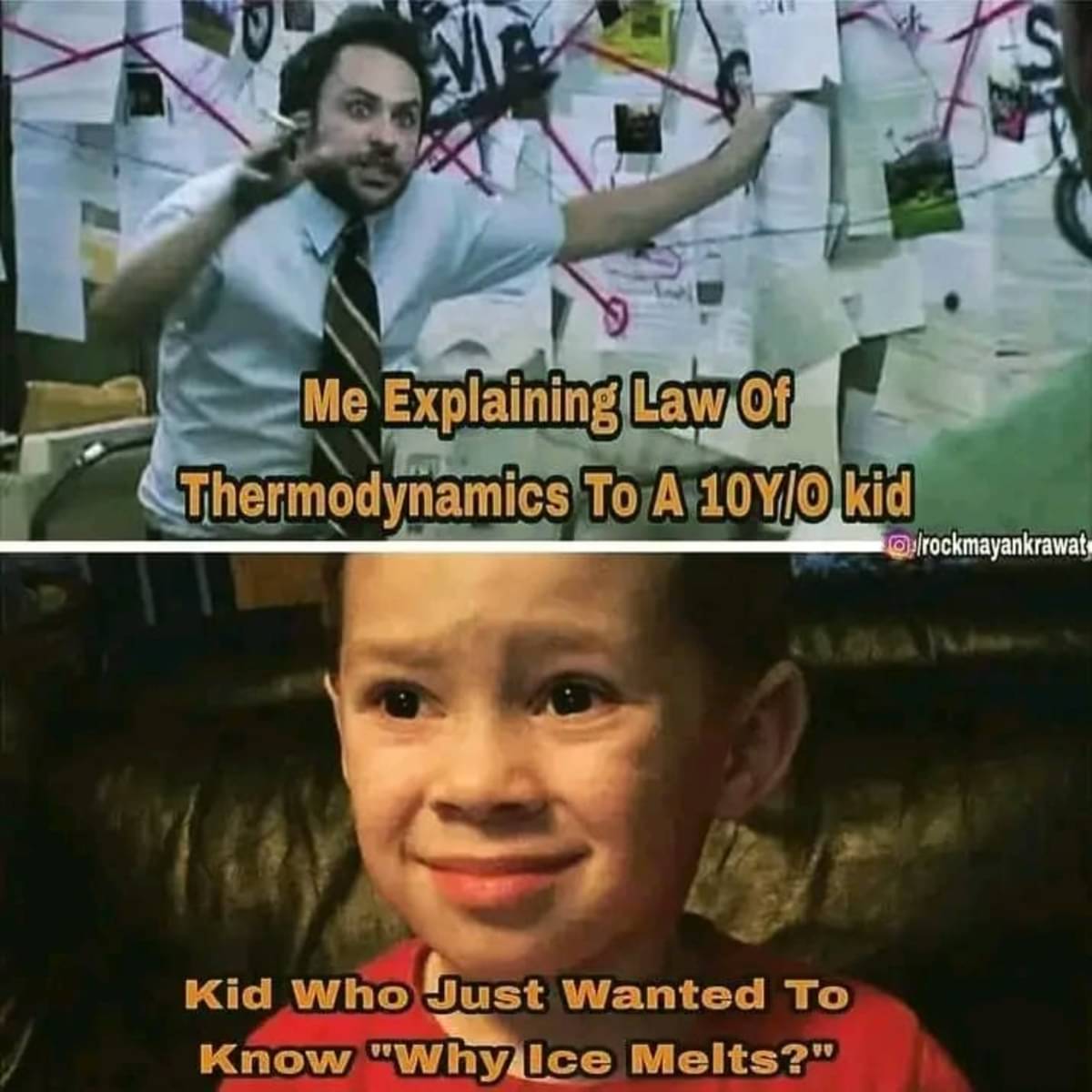this post was submitted on 16 May 2024
286 points (99.0% liked)
Science Memes
10348 readers
1639 users here now
Welcome to c/science_memes @ Mander.xyz!
A place for majestic STEMLORD peacocking, as well as memes about the realities of working in a lab.

Rules
- Don't throw mud. Behave like an intellectual and remember the human.
- Keep it rooted (on topic).
- No spam.
- Infographics welcome, get schooled.
Research Committee
Other Mander Communities
Science and Research
Biology and Life Sciences
- [email protected]
- [email protected]
- [email protected]
- [email protected]
- [email protected]
- [email protected]
- [email protected]
- [email protected]
- [email protected]
- [email protected]
- [email protected]
- [email protected]
- [email protected]
- [email protected]
- [email protected]
- [email protected]
- [email protected]
- [email protected]
- [email protected]
- [email protected]
- [email protected]
- [email protected]
- [email protected]
- [email protected]
- !reptiles and [email protected]
Physical Sciences
- [email protected]
- [email protected]
- [email protected]
- [email protected]
- [email protected]
- [email protected]
- [email protected]
- [email protected]
- [email protected]
Humanities and Social Sciences
Practical and Applied Sciences
- !exercise-and [email protected]
- [email protected]
- !self [email protected]
- [email protected]
- [email protected]
- [email protected]
Memes
Miscellaneous
founded 2 years ago
MODERATORS
you are viewing a single comment's thread
view the rest of the comments
view the rest of the comments

Can you explain it to me like i'm a 10 yrs old (which i'm not 🙄), then?
My intuitive explanation would be that all things have different states in which they can be: solid, fluid/liquid and gaseous. It just depends on how cold or hot it is what state the material is in. Even oxygen can be fluid at sufficiently low temperatures and metals gaseous at really high temperatures. (This varies with pressure, but maybe this gets too complicated.)
So when ice gets too warm (because it isn't in the freezer anymore for example), it changes its state to a liquid. You can imagine all molecules to be in various interactions with each other. When it is cold for them, they snuggle together and form a solid clump. When it gets warmer they begin to dance and not be as close anymore. They sway together and form a fluid. But when they are really hot they are even further away from each other so now they are pretty lose, forming a gas.
When water is in the form of ice it means that the water molecules are cold and snuggle together. As they get warmed by their environment they slowly begin to not be as close together anymore, so they slowly melt and form water.